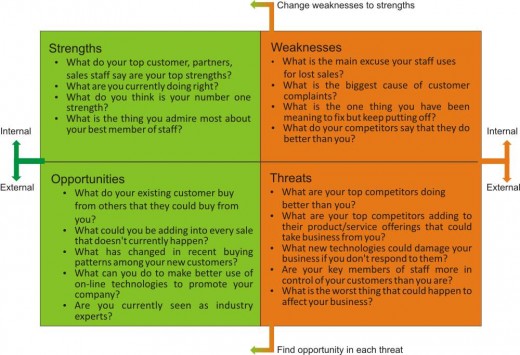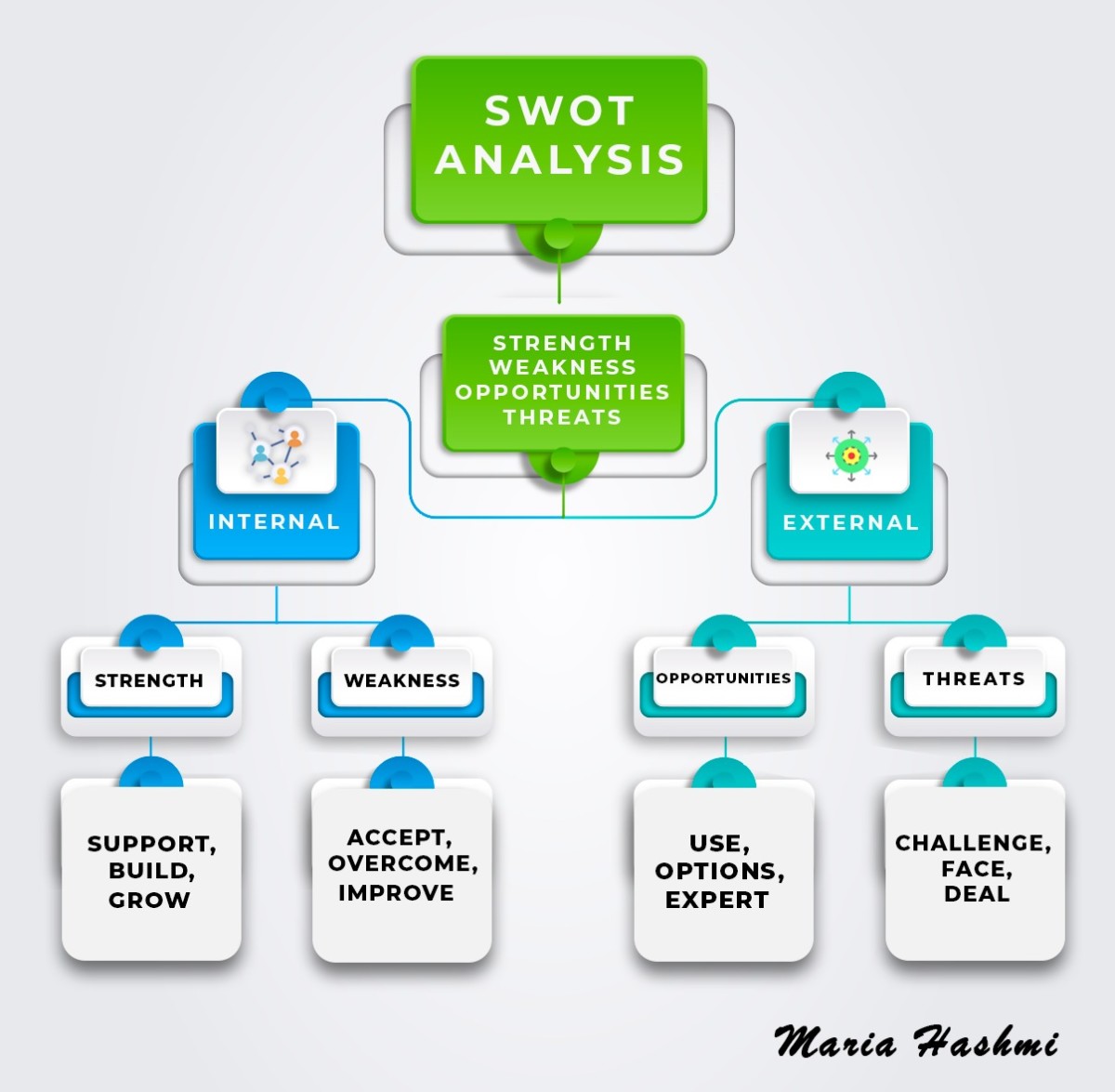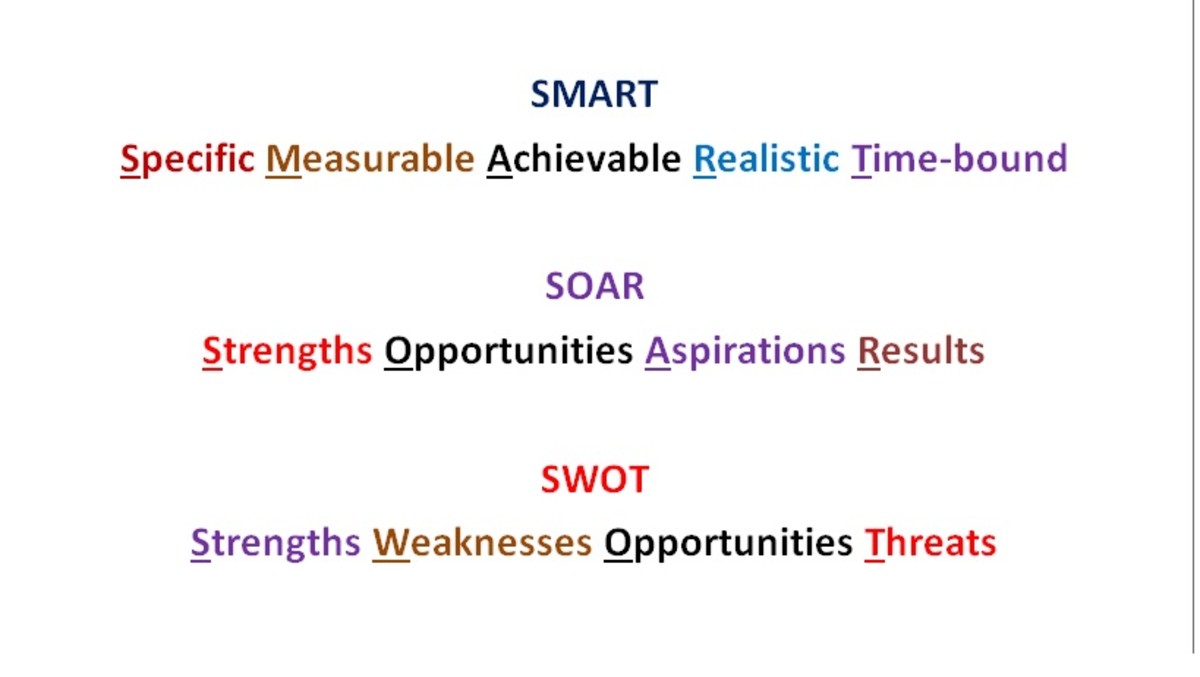Effective SWOT analysis
Pre-SWOT
You will almost certainly start your SWOT by writing Strengths, Weaknesses, Opportunities and Threats as headings to write under. If you did then stop.
You cannot complete an effective SWOT until you have done some work on your customer base.
* Who is your target customer? If the answer is 'anyone, anywhere' then you have a problem and need to look at ways of segmenting your target markets so you can 'target' rather than 'broadcast'.
* Why have your existing customers chosen your company? The chances are future customers will use similar reasoning and you need to make it easy for them to make those decisions.
* Where do you sell? How are you currently getting your stuff to market? Through channel partners, direct, high street store or online. You need to look at the various ways you sell and assess which are working best.
* Who are your competitors? Direct competitors selling the same products or services as you do and indirect competitors selling similar product that might be bought as an alternative.
* Is there legislation that applies to you in your market areas? Check for legislation that can restrict what and how you sell and what service levels you may need to provide after sale. Look for legislation that is in the pipeline, it doesn't have to be negative and can be an opportunity or strength if your company is he first to comply.
Get the idea? The trap you almost fell into is just sitting down and writing a list of bullets under each of the SWOT headings and ending up with a meaningless document that will never be used for anything.
When you do get started on those headings make sure you use as much external input as possible. Below is a starting point and by no means an exhaustive list (we charge for doing those) to get you going in the right direction.
The SWOT Matrix
Strengths and Weaknesses are internal while Opportunities and Threats are external.
Strengths
* What do you staff, partners, accountant, customers say are your strengths?
* What are you happy that you are currently getting right?
* Rank your strengths in order based on how they are important to your customers.
* What impresses you most about your key members of staff, they may be strengths for your company.
Opportunities
* Are there things your customers buy from others to add to your product? Why aren't you offering those extras?
* Is every sale maximised? Are there things that are not being sold because sales staff don't know about them or don't know how to sell them?
* Are there any recent changes in buying patterns?
* Are you making best use of the Internet?
* Are you currently seen as experts in your field?
Weaknesses
* What are main the reasons for your lost sales?
* What are the main causes of customer complaint or refund?
* What are your competitors strengths
Threats
* How easy is it for new competitors to enter your market?
* How are your competitors enhancing their products?
* Are there any new technologies that could damage your business in the future?
* Do you own your top customers or do they belong to key members of staff?
Once you have a list the real work starts. Look at each item on your list and make a note of the ones you have control over.
1. Which ones can feed into your product road map to enhance strengths, play to opportunities or mitigate weaknesses and threats?
2. How can you minimise each of the weaknesses?
3. Can threats be turned into opportunities?
If you follow through on the ideas above you will produce a SWOT analysis better than 80% of marketing professionals do.
If you actually act on the findings, that is the whole point after all, then you will be doing better than most companies.
Get your SWOT written for you
- CopyWrite Ink » ReInvent The Text
IT & marketing experienced copywriters








